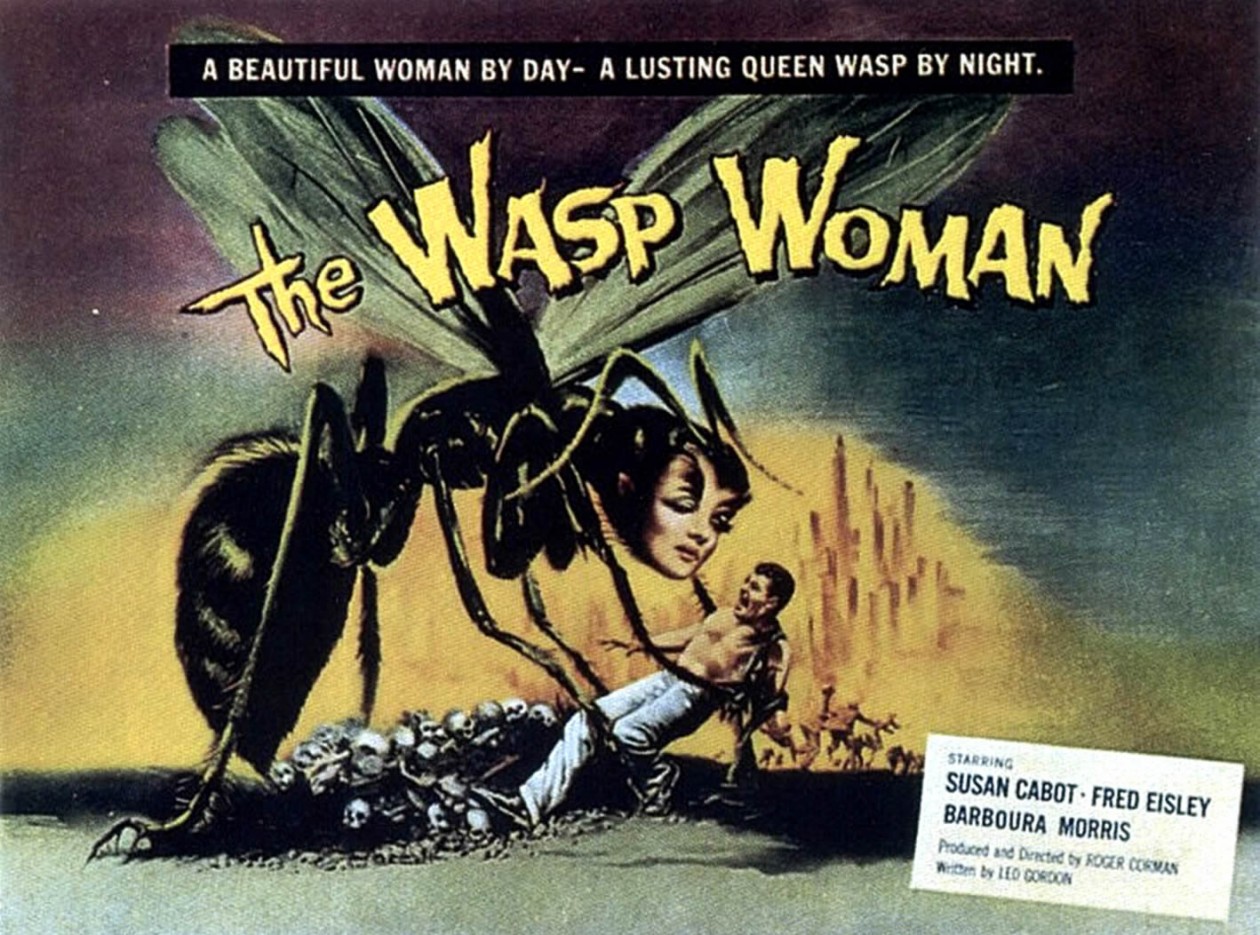A particularly interesting idea that stuck out to me in Judith Mayne’s “Lesbian Looks” article was the representation of Dorothy Arzner and how she has been visually represented as a filmmaker. On page 164, it says, “With the possible exception of Maya Deren, Arzner is more frequently represented visually than any other woman director central to contemporary feminist discussions of film. And unlike Deren, who appeared extensively in her own films, Arzner does not have the reputation of being a particularly self-promoting visible, or out (in several senses of the term) woman director.” Further, Mayne says “..she is shown with other women, usually actresses, most of whom are emphatically ‘feminine,’ creating a striking contrast indeed.”
She goes on to discuss Arzner on the cover of the British Film Institute collection. She is shown sitting directorially next to a camera and another man, and they are both looking on to two young women who are being filmed. I thought this was a very interesting idea, because visually, the photograph is implying the notion that as a woman, Arzner is in the male position in terms of the male gaze. Since she is more “masculine” than what is considered “normal” for a woman, she is displayed as more of a male figure than a female figure. Even further, as she is the one shooting, this determines her position of power over these women. The article continues, “Arzner’s look has quite another function, however, one that has received very little critical attention, and that is to decenter the man’s look and eroticize the exchange of looks between the two women.”
I found this point very interesting because this “decentering” of the male gaze very seldom happens; furthermore, the fact that it is done by a homosexual woman almost challenges the power that the man has. It’s interesting to analyze this example that Mayne uses in the article because for once, it is not an image that has been “constructed” and purposefully positioned, as films so often are. It is simply a photograph of a live action, which makes it even more intriguing. This article was difficult to comprehend at times, but this section was a particularly useful take on the representation of homosexual–and more specifically, lesbian– discourse in Hollywood narratives.
